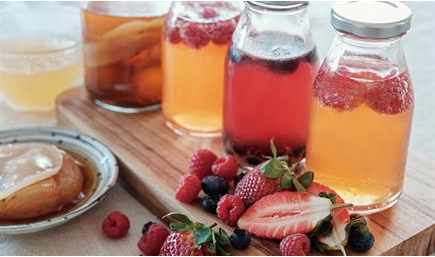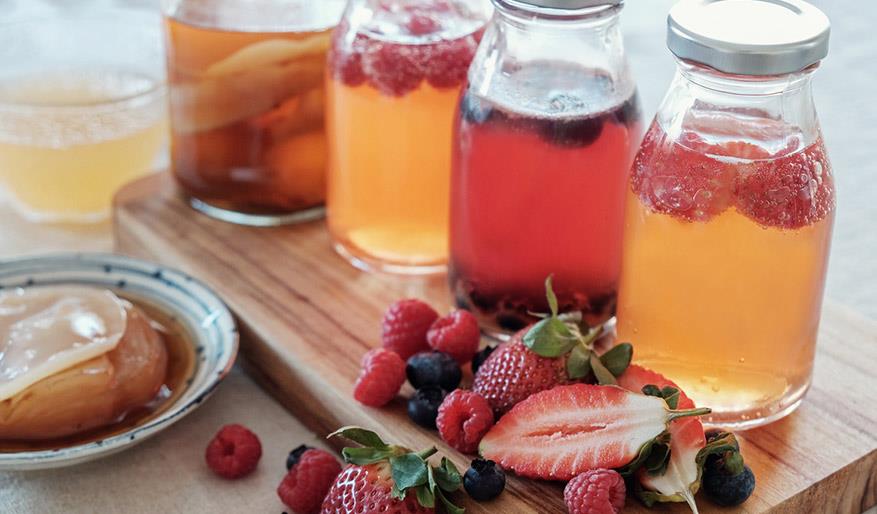Our Doctors
Meet all the doctors from Cleveland Clinic Abu Dhabi.
View Doctors
Improve your gastrointestinal health with this ‘dynamic duo’

Probiotics and prebiotics are two components you’ll spot on so many product labels - but what exactly are they and how do they benefit us?
Our digestive tract is lined with millions of good as well as bad bacteria. Together, they form a micro-ecosystem called the ‘microbiome.’ Often, the lack of good bacteria or overgrowth of bad bacteria may cause stomach-related problems such as gas, constipation, diarrhea, etc. That’s why a well-balanced gut is essential for your overall well-being, and that’s where probiotics and prebiotics come in.
Probiotics are the ‘good’ bacteria — or live cultures — found in food products or supplements that are naturally created by the process of fermentation in foods. These active cultures can be valuable to our health by helping improve the balance and function of the gut bacteria.
Probiotics are commonly found in fermented foods such as:
You can supplement your probiotic needs with over-the-counter pills, capsules or liquids that contain live beneficial bacteria. Though popular and easy to find, not all of them are of the same quality or contain the same quantity of bacteria. Also, since probiotic supplements are not recommended for everyone, it is best to your doctor or registered dietitian before taking them.
Herbs and botanicals have also been shown to have some benefit in improving our gut microbiome. However, as they are not strictly regulated or manufactured, it is best to speak with your doctor or registered dietitian before trying complementary or alternative medicines as they can have harmful side effects or interact with medicines you are taking.
Prebiotics are a type of carbohydrate only our gut can feed on, and are found in the non-digestible part of food that stimulate the growth and activity of probiotics. While prebiotics don’t actually contain bacteria, they act as a fuel source for the good bacteria. The prebiotic fiber goes through the small intestine undigested and is fermented when it reaches the large colon. This fermentation process, in turn, feeds the probiotic bacteria and helps increase the number of good bacteria in your digestive system.
In simple terms, think of probiotics as seeds, while the prebiotic fiber is the water and fertilizer that helps the seeds to grow and flourish.
Foods that are high in prebiotic fiber include:
If you don’t eat a lot of these types of foods, you can take a prebiotic supplement such as fructo-oligosaccharide.
Probiotics and prebiotics work together in synergy to improve gastrointestinal health. Incorporating them in your daily diet can optimize the gut flora, which has a major impact on your well-being.
Since the microbiome of every person is different and may change based on diet and lifestyle, it is best to consult your doctor or registered dietitian for expert advice on obtaining prebiotics and probiotics for your own specific health needs.

Abdominal pain can occur anywhere from the chest to the pelvis and present in many different ways: a...
Read Articles
Gluten intolerance, together with food intolerance as a whole, has become a growing concern in...
Read Articles